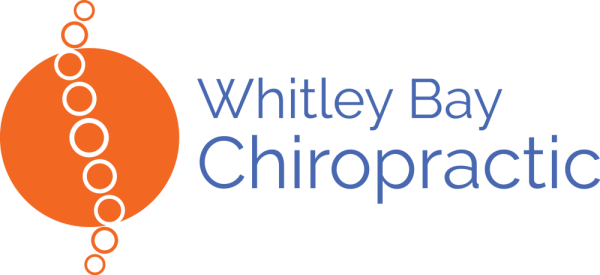Improve Your Squat with Active Release (ART).

Follow us for rehab, ART, and corrective exercise news. on Twitter and Facebook.
Have you ever been assessed by a personal trainer, and been told you need to stretch your hamstrings, shoulder, calves, etc? Imagine if the trainer gave you two options: stretch every day for two months, or go and have one session of Active Release Techniques® (ART)? Which would you choose?
ART is a hands-on treatment of muscles and ligaments with a growing research base backing its use. It provides a quick way to make a tight muscle loose, as well as treating conditions such as: tennis elbow, frozen shoulder, shoulder tendinitis, and plantar fasciitis. The technique involves the therapist putting pressure on a tissue, while the patient stretches to move the tissue slowly out from under the contact. The treatment hurts a bit, but only in a way that makes the patient know it is working. The technique works by increasing the nervous system’s tolerance to stretch. While ART is used on-site by hundreds of corporations to treat repetitive strain injuries, it is best known for its use in elite sport. Performing at the highest level is difficult with muscle imbalances and/or joint restrictions. ART provides a rapid way to fix mobility issues caused by muscle / joint restrictions. When joint freedom is established, stability and strength can be built.
One area where the gym goer, with mobility issues, struggles is in performing a deep squat. To be performed to a decent depth, the ankles, knees and hips need sufficient mobility. However, if one of these joints lacks adequate mobility another joint will compensate to achieve the squatting position – which could lead to injury. The most common problem which prevents a deep squat is a lack of ankle dorsiflexion (moving the shin towards the foot). The Achilles tendon may feel tight, but often the four muscles beneath it (especially the flexor hallucis which goes to the big toe) or the ankle ligaments are the source of the problem. The key to addressing this issue is the identification of the structure responsible for the loss of mobility and the ability to fix it. With its careful attention to anatomical detail, ART is a great approach to correct poor ankle dorsiflexion.
Once normal joint mobility of the ankle is established, the joint may not initially be stable (the nervous system often struggles to adjust to its new found range of motion). Exercises which challenge the muscles on both sides of the joint to achieve stability are started as soon as possible. The exercises progress from body weight only movements to doing movements while holding weights. The final stage is gaining strength and endurance, this is best done through squatting after joint mobility and stability are established.
Notes:
- check to see if your ankle dorsiflexion is holding your squat back
- soft tissue work, foam rolling, and stretching are worth a shot
- in some cases the brain (motor control) limits squat depth
- “tight” hips may be from the shape of the hip bone and socket
- “tight” hip flexors don’t limit squat depth
Follow us for rehab, ART, and corrective exercise news. on Twitter and Facebook.
You may also like:
High Hamstring Strain: Best Low Compression Exercises
Best Glute Medius Exercises for Runners
Research Based Hamstring Therapy – FIT Institute
The New Age of Golf Training is Creating Stronger and More Athletic Golfers Than Ever Before – STACK
Performance Therapy: Greg Rutherford’s Story – Athletics Weekly
The ART of Active Release Techniques – Telegraph
How is ART different from Sports Massage – 220 Triathlon
Transform Performance – Vigour Magazine
Golf Performance Therapy – Titleist Performance Institute
